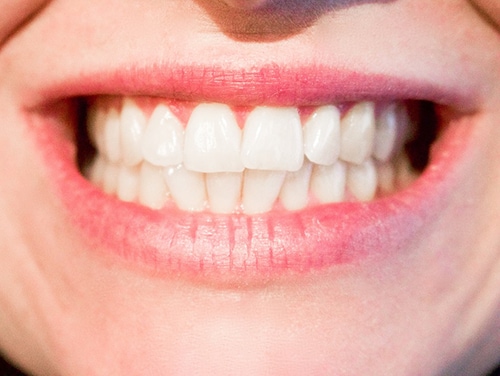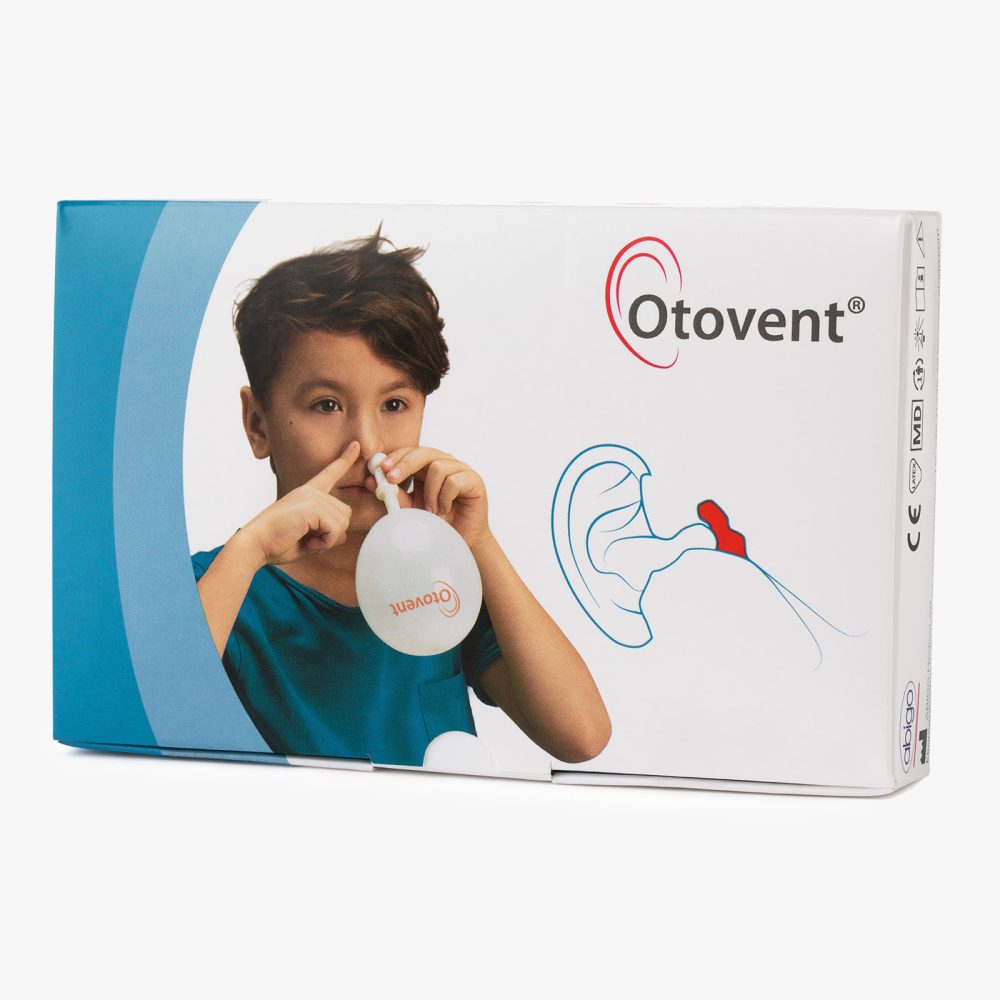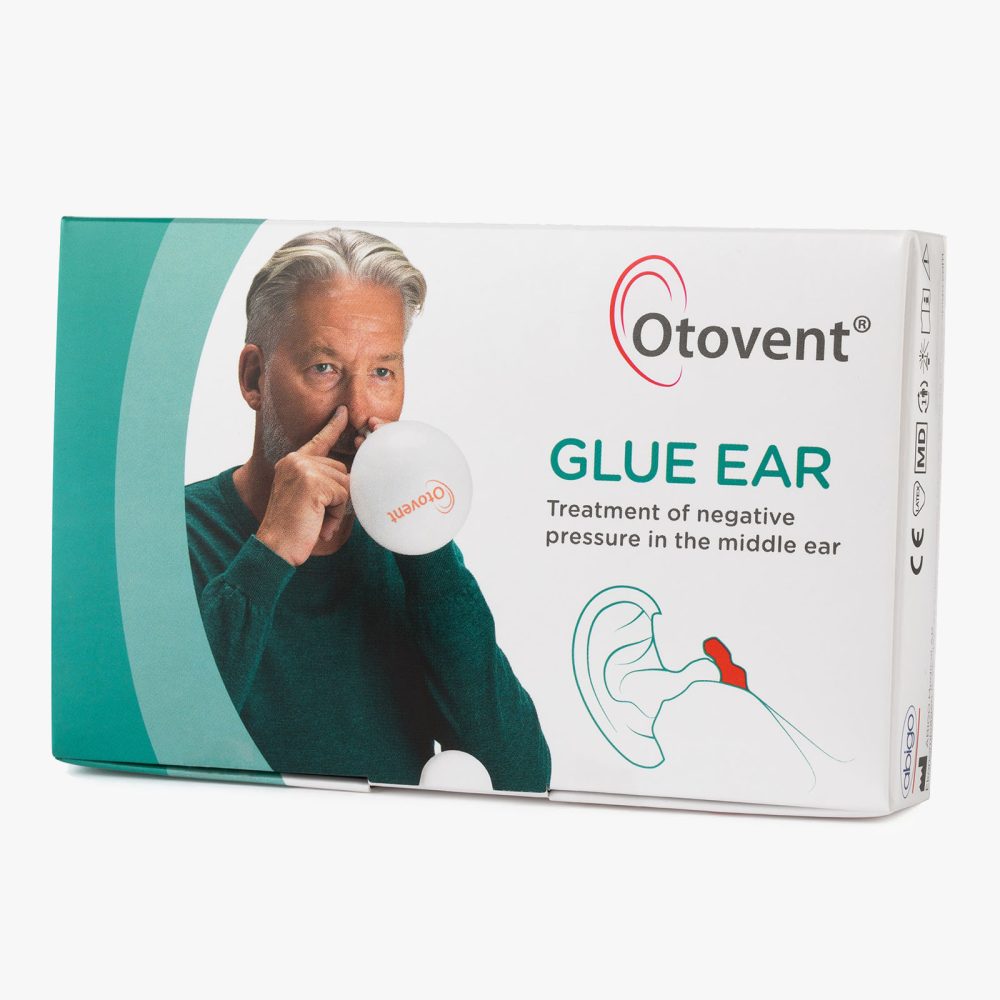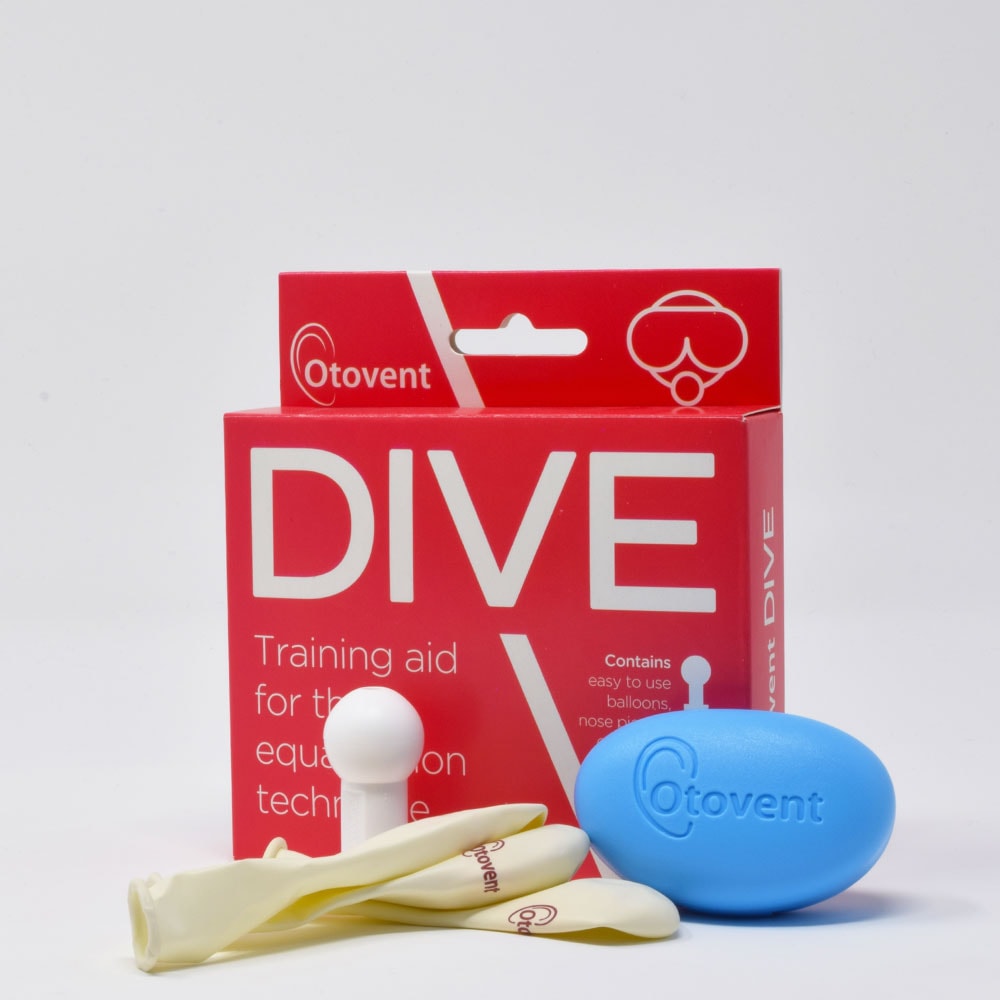Communicating with Glue Ear Sufferers

How does Glue Ear affect children?
Children with glue ear can suffer in class as a result of not being able to hear the teacher and other students very well. This can even manifest itself in speech and language problems for younger children. Outside of class they can become withdrawn from their social group. At home they may use louder volumes than normal and not respond when their name is called.
What is Glue Ear?
Glue Ear is a common ear condition which affects 80% of children at least once in their childhood. Often instigated by a common cold, Glue Ear occurs when the middle ear is blocked with a sticky ‘glue’ like substance. The small bones in the ear for conducting sound are restricted by the blockage meaning hearing is dulled.
Spotting the Signs
Any of these behaviours may suggest the presence of Glue Ear:
Difficulty learning new words & a limited vocabulary
Finds reading a challenge
Repeatedly asking "what?" or "pardon?"
Daydreaming & seeming withdrawn
Mispronounces words or misses out sections of words
Speaks loudly
Asks you to repeat yourself
Shows signs of frustration or anxiety
Gives inappropriate responses
Appears lost when answering a question or misunderstanding instructions
Tiredness & end of day grumpiness
Strains to hear & or staring intently at your face
Changeable hearing ability, particularly during winter
Difficulty following instructions, especially when background noise is high
Improving the experience of a child with Glue Ear
If your child has been diagnosed with glue ear, there are some strategies you can use at home to minimise the effect it has on their home life.
Stay close
Keeping your child close maximises their chance of hearing you. Being able to keep an eye on their mood when they’re unwell is also beneficial.
Keep your mouth visible
Where possible, try not to turn away from your child when you’re talking to them. When we suffer from hearing problems trying to lip read is often the first reaction.
Lighting is key
Try to position yourself so that your child has a clear line of sight to your face unobstructed by shadow. For example, standing in front of a window can often throw you into silhouette making lip reading impossible.


Always bear line of sight in mind
Avoid trying to talk to your child if you have to face away or their visibility of your face is hampered.
Wait until they’re watching
Don’t begin talking to your child until they are watching you.
Call their name
Call your child’s name first if you’re going to speak directly to them.
Slow & steady wins the race
Try to communicate clearly with your child and at a steady pace rather than shouting.
Check in on them
Children often feel pressured to say they’re okay when they’re not. Explain Glue Ear to them and make it clear that they haven’t done anything wrong.
Outdoors
In open spaces & busy noisy environments hearing will become more of a struggle. Bear this in mind when selecting places to go at the weekend or during school holidays.

Treating Glue Ear
if you suspect your child may be suffering from glue ear you should consult your GP. The GP may then refer you to an audiologist or diagnose the condition themselves. In most cases the condition will resolve without treatment, but sometimes intervention is required. Traditionally this has usually meant insertion of a ventilation tube in the ear drum, or Grommet Surgery. However, the NHS have selected the operation as one of the surgeries it is cutting down on as a money saving exercise.
This is where Otovent comes in. The Otovent Autoinflation Device consists of a nose piece and a specially pressurised balloon which the child inflates via their nose. This act opens the eustachian tube allowing the sticky fluid associated with Glue Ear to safely drain away. Otovent is the only drug-free and non-surgical clinically proven treatment for Glue Ear. It is available over the counter in pharmacy and from the Otovent website. The Moniri Otovent is a parent assisted version of the original Otovent device specifically designed for children who cannot use Otovent, usually because they are too young to blow their own nose.




